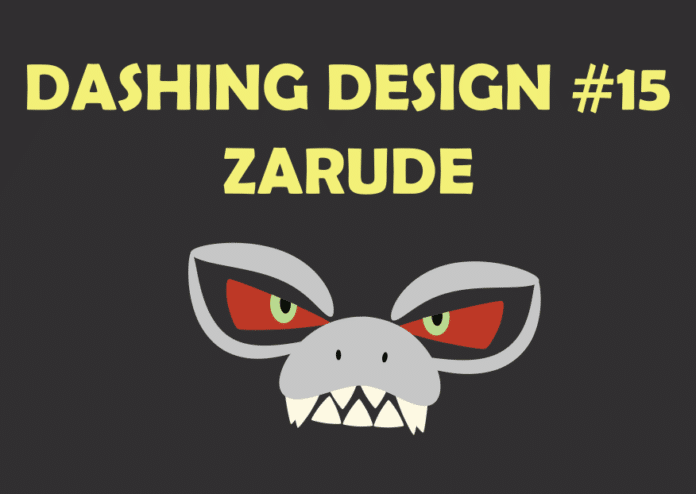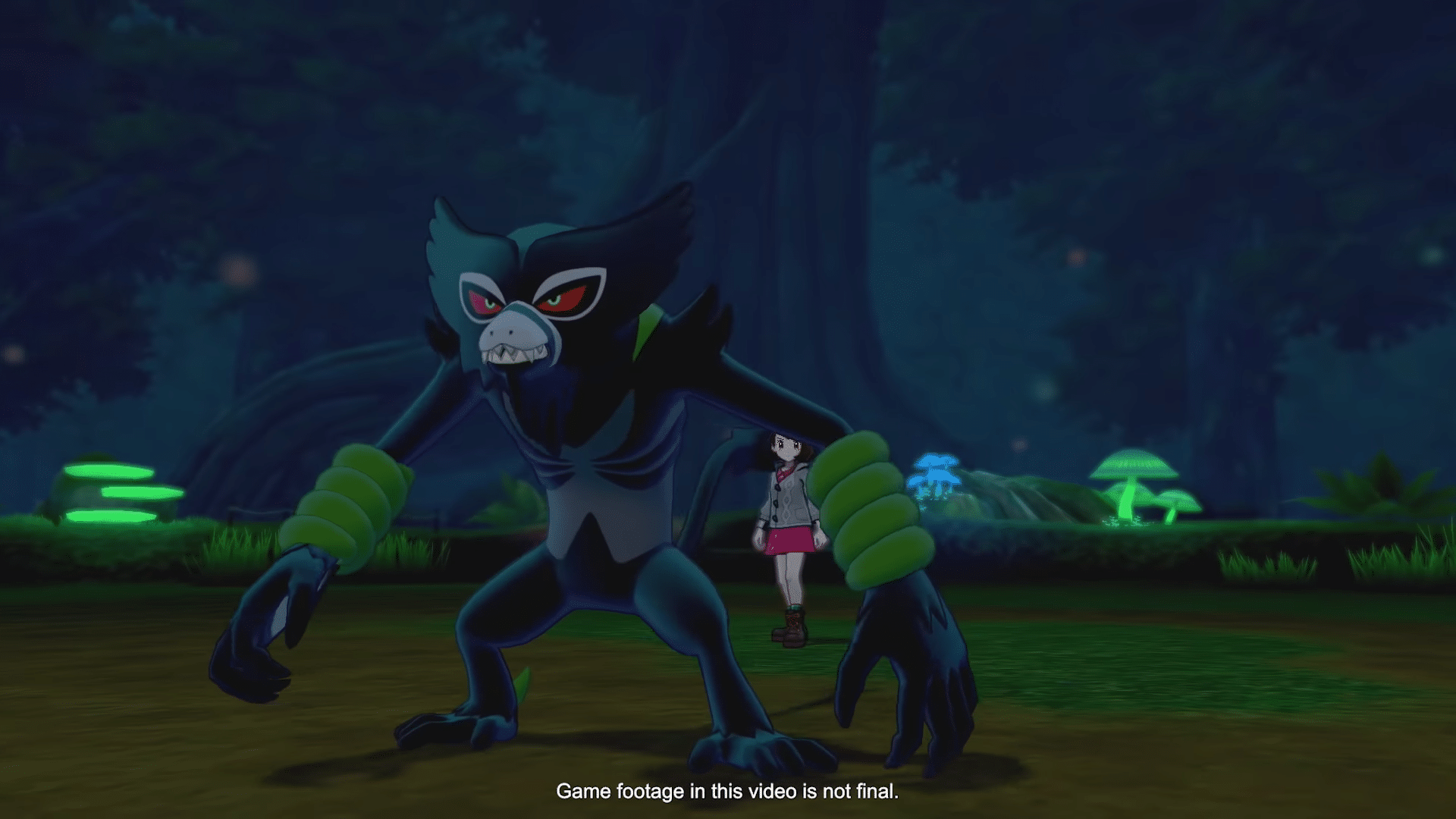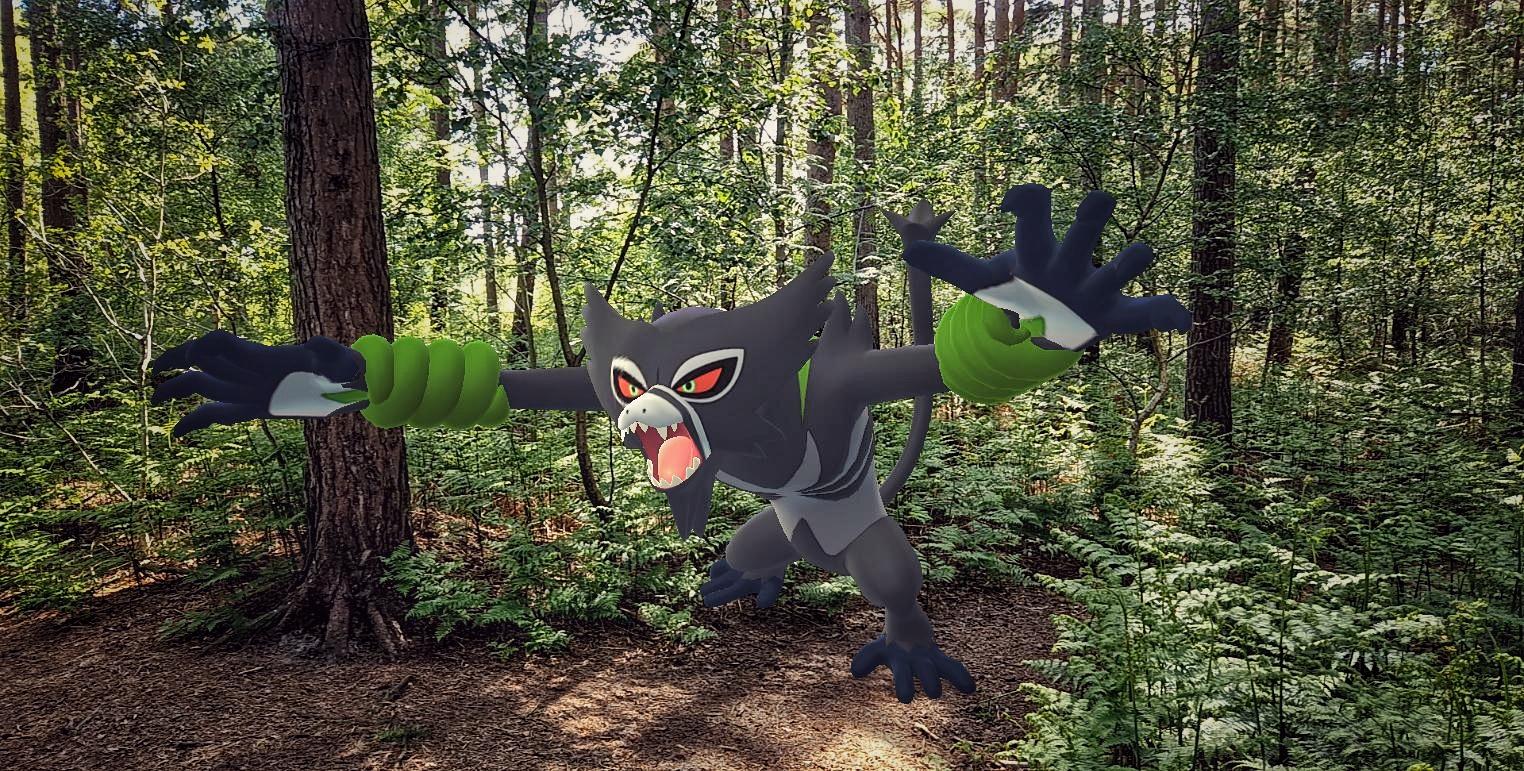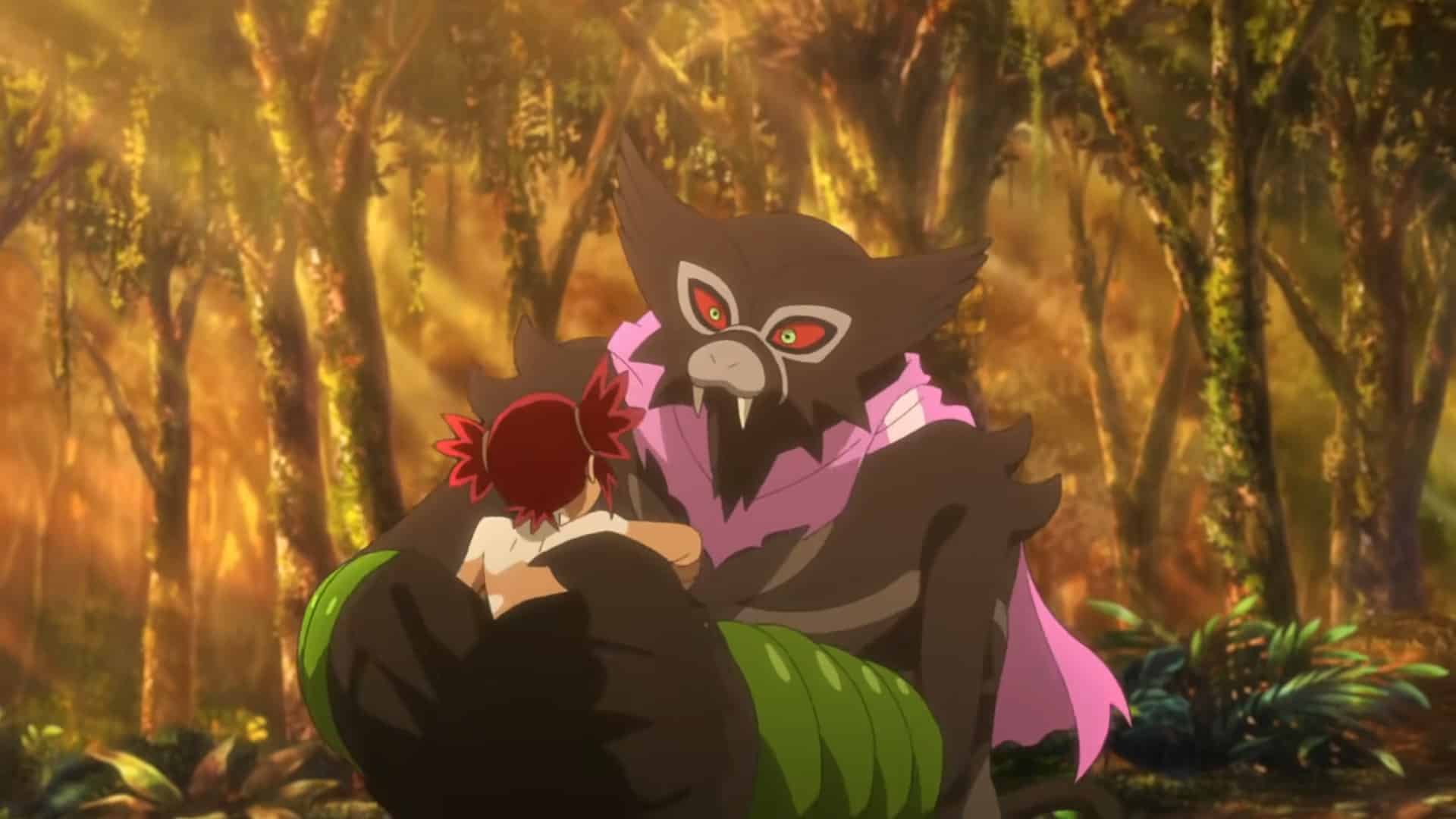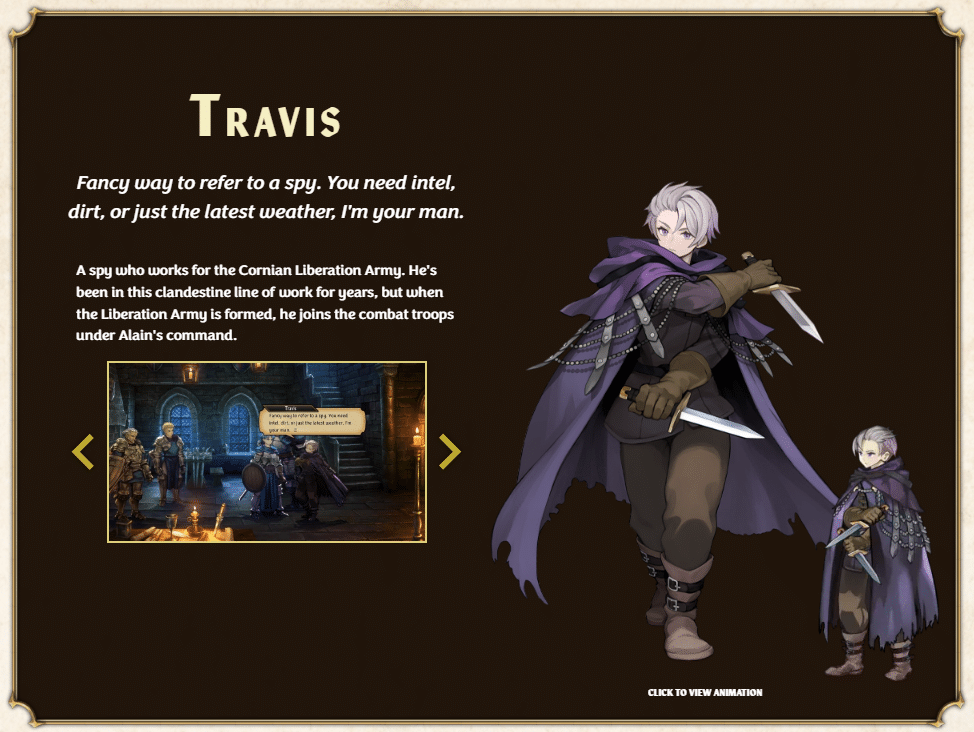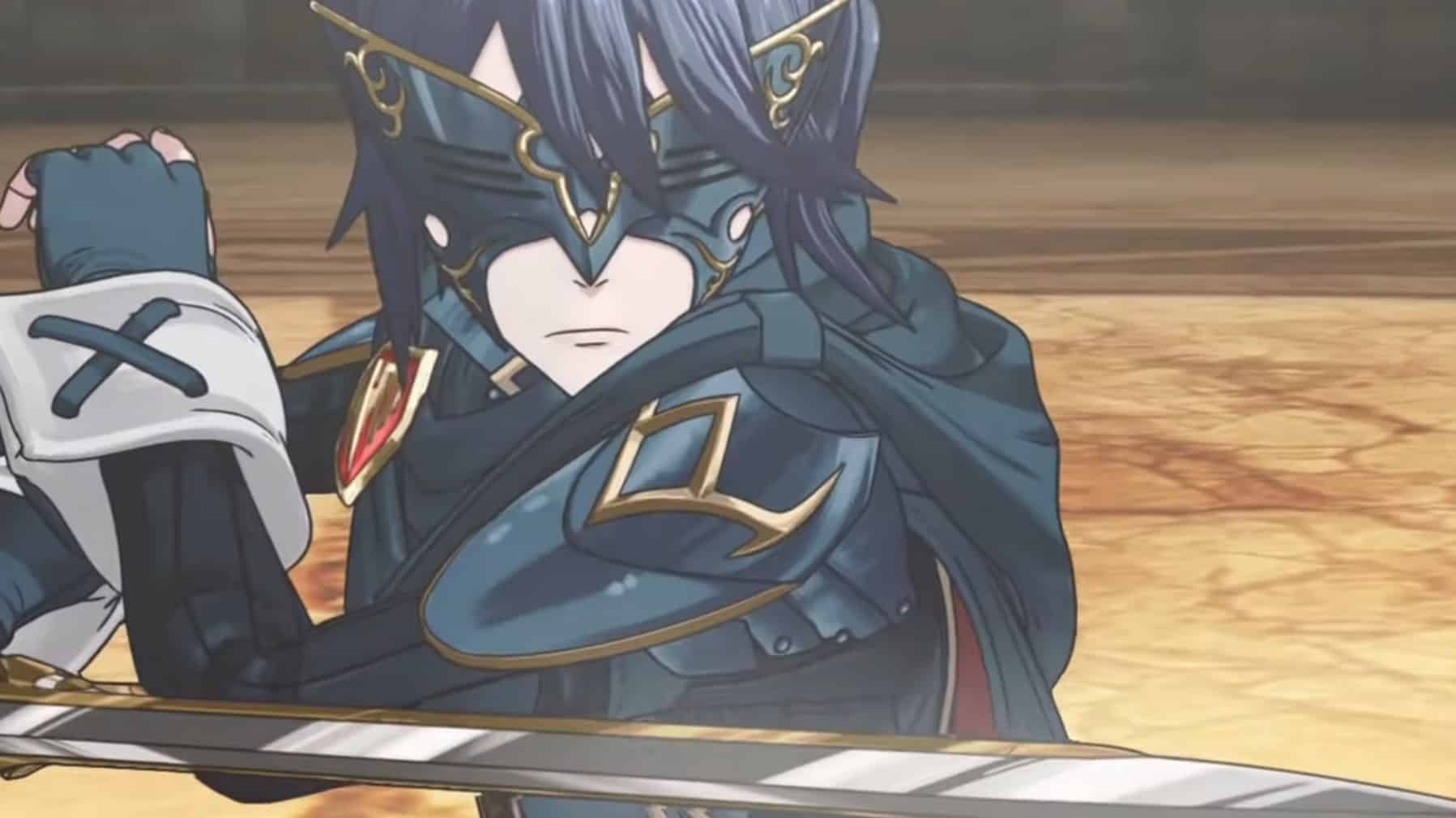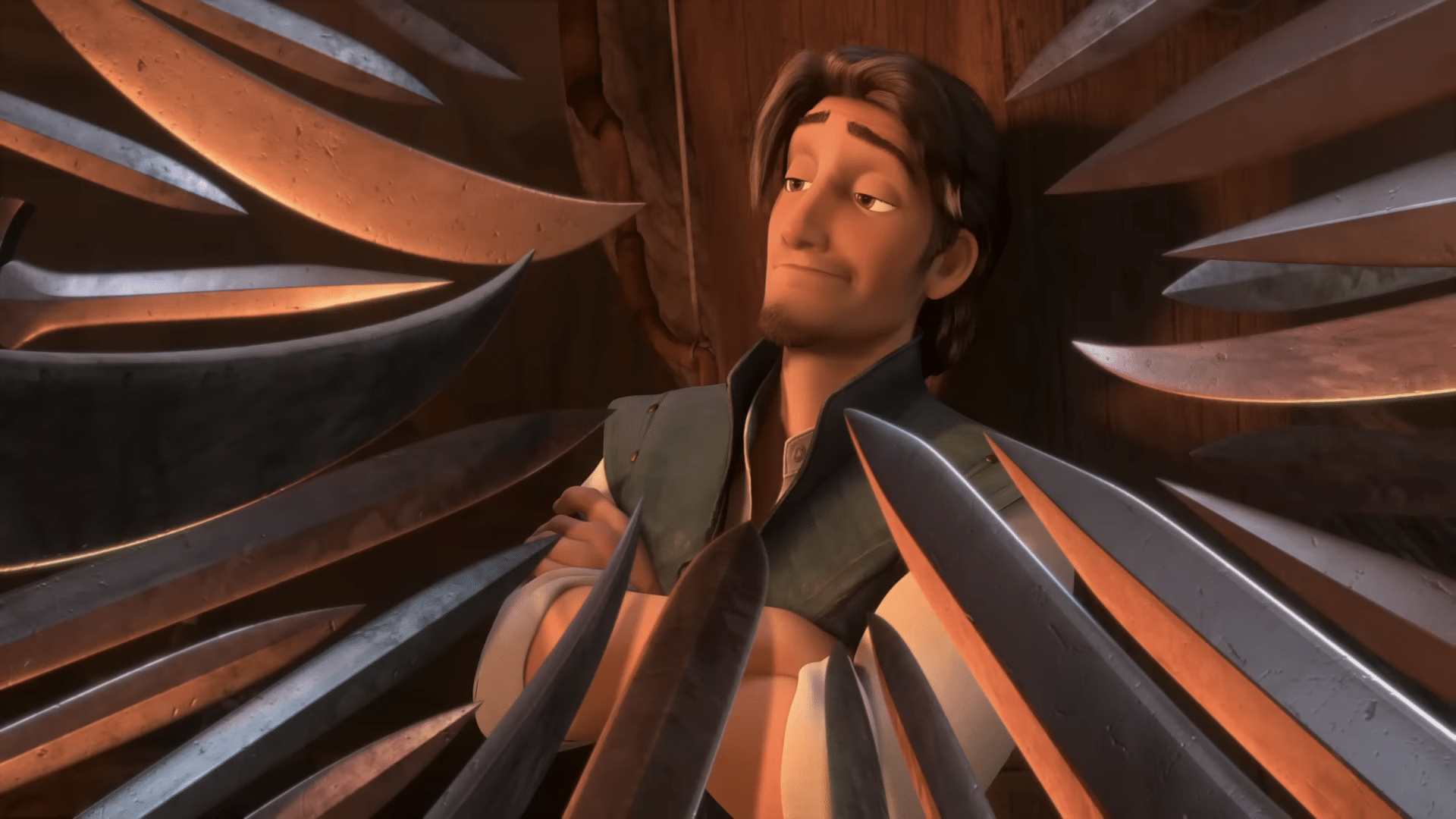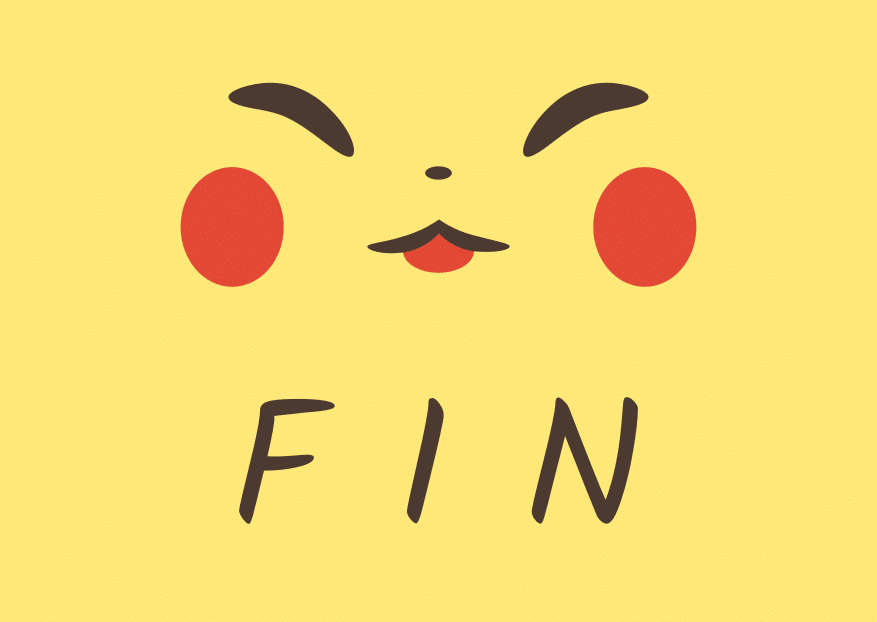Good day, Pokémon Trainers! Have you ever noticed how certain events in Pokémon GO give special attention to a single Pokémon or the community itself tends to hype a new Pokémon up? Have you ever wondered why this Pokémon specifically and what its origins are?
Well, that’s where the Dashing Design series comes in! I’ll be your guide as we take a look at the franchise history, concept, and potential design inspirations of specific Pokémon. The Verdant Wonders event is in full force with Zarude as its mascot. So let’s take a look at it!
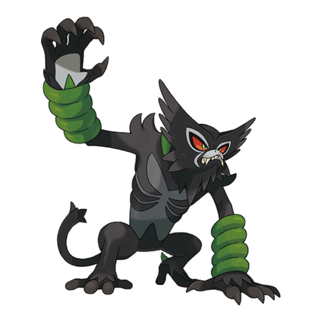 Zarude
Zarude
Source: Game Trailer
Zarude is a fairly recent Pokémon, being a part of the two Nintendo Switch generations of Pokémon games. To be more accurate, it was a Pokémon released in the Eighth Generation. Generation Eight encompasses the Pokémon Sword, Pokémon Shield, Pokémon Brilliant Diamond, Pokémon Shining Pearl, and Pokémon Legends: Arceus lineup of games according to most platforms.
Zarude has a unique place in this generation as it is the first and only mythical Pokémon released for Pokémon Sword and Shield. As a mythical Pokémon, Zarude entered pretty late into those games’ life cycle. Pokémon Sword and Shield was released in 2019 and Zarude was given away in late 2020 through real-life events.
Quite fitting, as it also made its first anime appearance around the same time in Pokémon the Movie: Secrets of the Jungle. This movie also introduced a unique form of Zarude named “Dada Zarude” which was later available in the games as well. Which we will also take a look at later.
Etymology
Zarude shares the same name in most languages. Which makes my job here quite easier. Zarude is very likely a combination of “Saru” (Meaning “Monkey” in Japanese) and Rude (The act of being cruel or impolite). Quite fitting for its Dark typing.
It’s also worth noting that the first part of Zarude’s name “Za” is the same as Sword and Shield’s box-art legendaries, Zacian and Zamazenta. This could be intentional, as stated before, Zarude is the first and only mythical Pokémon for Sword and Shield. Keeping that in mind, “Za” does sound similar to the English article “The”.
And it is pronounced: “Za Rood”. I mention this because I initially thought it was pronounced: “Za Roo Day”. With that being said, let’s hop on to the design analysis:
Design
Source: Uploaded by kittypokemonsalot
Now, many people, myself included, might be a bit surprised at Zarude’s “mythical” status. After all, when I tend to think of mythical, I tend to think “close to legendary”. Generally, Pokémon that are highly fantastical or “high concept”. In contrast, Zarude seems to just be based on some sort of primate?
Hopefully, by the end of this analysis, we can find greater detail in Zarude’s design that will help explain its mythical status. Starting with:
Mon Key?
So as stated in the etymology section, Zarude’s name may be partly taken from the Japanese word for monkey. But if so, what type of monkey? I believe Zarude’s design actually takes from multiple types of common primates instead of just monkeys.
For example, its color and posture while walking on land is similar to a Gorilla’s. However, its tail and the way it swings on vines and jumps from tree to tree are more similar to various types of small monkeys. Its characteristic red eyes are similar to those of Lemurs. And the fact that it looks like it has face paint may be a nod to the colorful snouts seen on mandrills.
Fangs?
Something unique about Zarude though, are those very noticeable chompers! Many primate species might have ferocious-looking fangs. But as far as wild animals are concerned, I feel like most people primarily associate impressive fangs with canine or feline species, not primates.
Bulbapedia suggests that Zarude is at least partly inspired by an English folklore creature called the Shug Monkey. That could be the case as Galar, the region Pokémon Sword and Shield takes place in, is inspired by the UK. And it would explain Zarude’s mighty canines, as the Shug Monkey is half-canine! Nevertheless, I would love to know if there’s a related real-life primate species known for its visible fangs. So feel free to share your ideas if you know!
Body Paint?
But let’s get back to mandrills and face paint. Because the patterns on its face and ribcage patterns on its chest give a strong impression of war paints, tribal paints, or tribal tattoos. Ones that can be seen in many groups of people both from the past and present that live in small tribal structures.
And this isn’t limited to humans either. (Well the tattoo part might be, but I digress). As many animals live in tribe-like packs with their own social hierarchies and structures. Many many species of wild primates included. And in fact, Zarudes also live in tight packs as confirmed in the Pokémon Sword Pokédex:
Within dense forests, this Pokémon lives in a pack with others of its kind. It’s incredibly aggressive, and the other Pokémon of the forest fear it.
Source: Movie Trailer
So here it is. The unique Zarude form that plays a major role in Pokémon the Movie: Secrets of the Jungle, and was later made available in the mainline games as well. While this form isn’t available in Pokémon GO just yet, I think it is worth talking about as it’s fundamental to understanding Zarude as a Pokémon.
With that being said, what’s different between Dada Zarude and regular Zarude anyway? Honestly, not too much. But what is there is still important. Firstly, the ribcage pattern on its chest is different from other Zarudes. But like, every Zarude in the movie has some variations from one another in that regard. But the most significant difference between Dada Zarude and other Zarudes is…
The Cloak
So Dada Zarude has a pink tattered cloth wrapped around its neck. The Sword Pokédex seems to imply that it has a pleasant scent. To me, it looks like a stereotypical rogue’s cloak. In fact, with this cloak doesn’t Zarude sort of look like a Rogue-ish character?
Travis The Thief from Unicorn Overlord. Source: Official Site
Rogues are one of the three most basic role-playing game character classes along with, Wizard and Fighter. They might have different names based on the game (Thief, Assassin, etc.). But there are definitely some common qualities in this archetype. Typically Rogues tend to be hooded characters, nimble and dexterous, often relying on cunning to swiftly and ferociously defeat their enemies and/or finish their missions from the shadows.
Which works perfectly with the monkey-inspired Zarude. As monkeys and a few other primate species are quite well known for their nimbleness, cunning, and ferocity. It also makes sense why it’s Dark type because of that. I went to greater lengths describing what being a Dark type entails for Pokémon when looking at Incineroar last time. But for Zarude, with this Rogue inspiration in mind, explaining why it should be a Dark type almost feels unnecessary. Since it fits the description so so well.
Other Hints
With this rogue inspiration in mind, a lot of other design elements that can be seen on Zarude make more sense now as well. For example, the vines wrapped around the ends of its arms, close to its hands, can be seen as a sort of arm guard or gauntlet. And the fact that it has a different gray color on parts of its torso and abdomen makes it look like it’s wearing some sort of protective vest or armor.
And even its face. Its face has a somewhat triangular structure to it. Which gives the impression of wearing a mask. Like one you might see on typical rogue or bandit-type characters, who might wear one to hide their identities. In fact, while Pokémon isn’t directly a Nintendo franchise it is quite close to being one. And looking at Zarude’s mask-like face very quickly reminded me of a character from another Nintendo game:
Marth(?) from Fire Emblem: Awakening. Source: Game Trailer
It makes quite a lot of sense for a “rogue” character to be found in Galar. After all, a lot of modern fantasy, the sort of setting that many RPGs opt for, is heavily inspired by medieval European styles and architecture. Particularly British ones. And well, Galar is Britain after all.
But Wait There’s More
“So, Zarude is a ferocious rogue mixed in with various wild primates. That can’t be all right?”. If you were thinking that you would be right! Because that is where the “Dada” in Dada Zarude comes into play. “Dada” is one way to say dad or father. In some languages, Dada Zarude is directly referred to as “Papa Zarude” in fact.
This is because in the movie mentioned multiple times already, Dada Zarude plays the role of a parent for a human child named Koko. Koko is a character similar to Tarzan or Mowgli from The Jungle Book. The idea of a wild child raised by animals is a very common trope that can be found everywhere from ancient myths to modern manga. Just consider Romulus and Remus from Ancient Rome, who were raised by Wolves as an old example. And even in the Pokémon Adventures Manga series, a character named Sapphire also falls under this trope.
But we’re not here to talk about Koko. It’s all about Zarude. Dada Zarude falls perfectly within two closely related tropes, which I would like to dub, “The Thief With a Heart of Gold”, and “The Jaded Older Man Who Develops from Taking Care of a Child”. Much like “The Tarzan Child” there’s no end to solid examples of these tropes both in Japanese and Western Media. “Flynn Rider” from Tangled and “Carl Fredricksen” from Up are the ones that immediately pop into my mind immediately.
Flynn Rider from Tangled. Source: Movie Trailer
Both of these characters find a better side to themselves by closely interacting with a more innocent and optimistic character. And if you think about it, in a role-playing game where you’re supposed to be a “good guy” it would stand to reason you’d end up being a rogue with a heart of gold as well.
These tropes are 1:1 with Dada Zarude’s unique Pokédex entries. Which makes note of both its kindness and how it gains strength from caring for another. A creature that is both capable of great ferocity and greater kindness.
And there we go! To conclude this Dashing Design on Zarude, I think it’s worth talking about another potential point of design inspiration. Nature documentaries. The sort of nature documentaries you’d see on National Geographic or BBC Earth. Many British voice talents lend their voices and insight to these documentaries, which would be fitting for Galar.
Not only that, often these documentaries “humanize” the animals that are the subjects of these documentaries. Often giving them human names and applying behavior seen in human societies. With the intention being to show you the complexities of these animals. After all, the same animal that can be a ferocious predator can also be seen as a kind, loving parent, or a playful partner. Which is the same sort of duality we see in Zarude’s many representations.
To further convince you of this potential inspiration, I’d like to point to why these documentaries are presented in this way. It’s to engage the common viewer. To get them curious about the bounties of nature and to fall in love with them. So that we will be the ones to show kindness and protect these jungles and forests. As a franchise that shows a harmonious society between people and other creatures, being inspired by such ideals is a no-brainer for Pokémon. Which is perhaps why, other than being part Grass type, Zarude’s signature move, the one only it can learn, it’s called Jungle Healing.
And this is why, Zarude’s design, is quite dashing!
Goodbye for now, Pokémon trainers. Priom-out!

